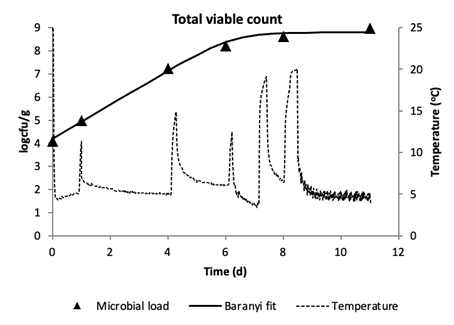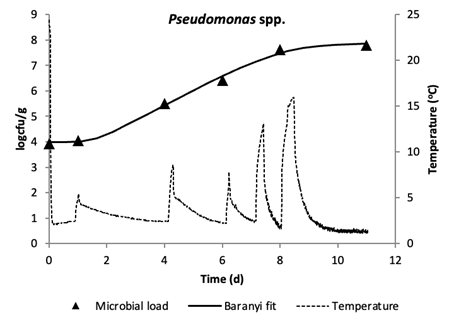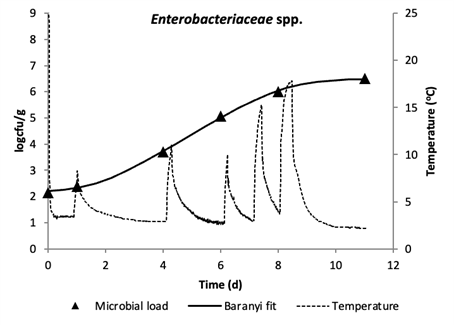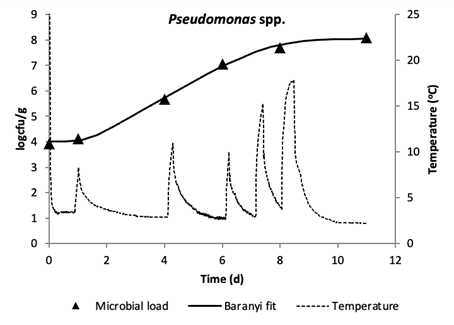The Agricultural University of Athens Study: URTHCOR® vs Polystyrene for Fish transportation
- Disruptive Packaging
- Jul 24, 2023
- 3 min read
Updated: Apr 9
Evaluating URTHCOR®-Based Containers for Sustainable Fresh Fish Transportation and Storage

In today's world, finding sustainable alternatives to traditional packaging materials is becoming increasingly important. The use of polystyrene (PS) boxes for transporting and storing fresh fish has been common practice, but concerns over plastic waste have led to the search for eco-friendly alternatives. Researchers Evgenia Basdeki, Eleni Mpenetou, Dimitris Ladakis, and Apostolos Koutinas, along with Theofania Tsironi from the Agricultural University of Athens, have explored the use of URTHCOR® (formerly known as UNICOR) as a promising component in developing environmentally friendly packaging materials. URTHCOR® is a patented combination of Calcium Carbonate (CaCO3) and HDPE, offering advantages for the preservation of perishable food products like fish.
Background of the study
Packaging plays a crucial role in preserving the quality and safety of fish products during transportation and storage. Traditional polystyrene (PS) containers have been widely used due to their favourable properties, such as high tensile strength, water resistance, and thermal insulation. However, concerns about plastic pollution and environmental impact have motivated researchers to explore sustainable packaging alternatives.

The study addressed three major trends in the food packaging sector: the health trend, the green movement, and the food safety trend. Biodegradable or compostable materials derived from renewable resources, like chitosan-based materials from crustacean shells, and recycled materials like cardboard and plastic have been proposed as sustainable packaging options.
Introducing URTHCOR® (formerly known as UNICOR)
URTHCOR®, a packaging with CaCO3 (Calcium Carbonate) in its composition, has been investigated as a potential alternative for conventional plastic packaging materials. Previous research has incorporated Unicor into packaging materials, including essential oils, for the preservation of ready-to-eat meat products, showcasing its promise in the food industry.
Research Objective
The main objective of the study was to evaluate the applicability of URTHCOR-based containers for transporting and storing fresh Mediterranean fish. The researchers sought to determine if the URTHCOR containers as a sustainable alternative to harmful polystyrene could retain fish quality, and ensure a high shelf life for the perishable product based on microbial testing throughout.
Materials and Methods
Red sea bream (Pagrus major) was used as the test sample and stored in three different packaging containers for the study: cardboard, URTHCOR-based (instead of CaCO3), and traditional PS boxes. The fish was stored at 2°C for 11 days and periodically exposed to room temperature (25°C) to simulate temperature fluctuations during transportation.
Results and Discussion
Thermal properties of the packaging materials were measured, with the URTHCOR-based containers exhibiting promising thermal conductivity within the range of air-based insulations, making them suitable as insulating cool boxes for perishable products.
Microbial growth in the fish flesh (including skin) followed the time-temperature profile of the containers. The URTHCOR-based containers performed well, resulting in similar microbial loads in the fish as the traditional PS boxes during the 11-day simulated transportation and storage with temperature fluctuations.
Seafood packaging thermal recordings:

Microbial Analysis using Cardboard Packaging
According to the testing results, the cardboard packaging provided a shelf-life of red sea bream of only 4 days when used under the non-isothermal conditions to simulate transportation and storage.
Microbial Analysis using Polystyrene Packaging
According to the testing results, the polystyrene packaging provided a shelf-life of red sea bream of 7 days when used under the non-isothermal conditions to simulate transportation and storage.
Microbial Analysis using URTHCOR® Packaging
According to the testing results, the URTHCOR packaging provided a shelf-life of red sea bream of 6 days when used under the non-isothermal conditions to simulate transportation and storage.
Conclusion
The study concludes that URTHCOR-based containers can serve as an efficient and eco-friendly alternative to traditional PS boxes for transporting and storing fresh fish. These containers offer comparable results while reducing plastic waste, aligning with the increasing demand for sustainable packaging solutions.
Future research in sustainable packaging for sensitive food products may focus on further replacing conventional polymers with alternative materials and developing new multilayer sandwich structures with optimized thermal properties. The recycling of raw materials and exploring the potential for container reuse can also improve environmental impact and sustainability.
In conclusion, URTHCOR-based containers show great promise for the sustainable transportation and storage of fresh fish, contributing to a greener and more environmentally responsible food supply chain. This study was performed using standard URTHCOR packaging and have since evolved our URTHCOR-based packaging with further insulation properties with the introduction of our URTHCOOL® (formerly known as Unicool) solution.
Click below to download the article of the study conducted by the Agricultural University of Athens:
View article on MDPI's website: https://www.mdpi.com/2071-1050/16/1/130




















